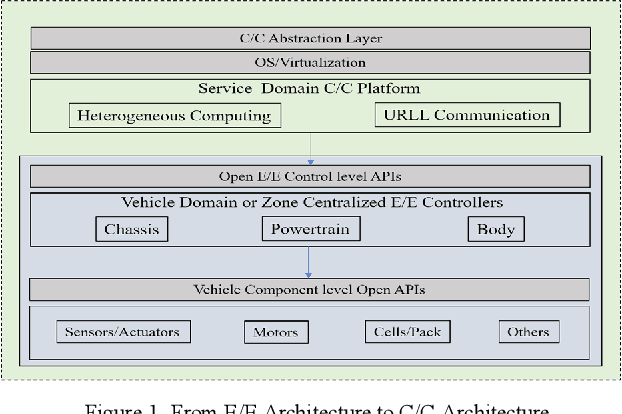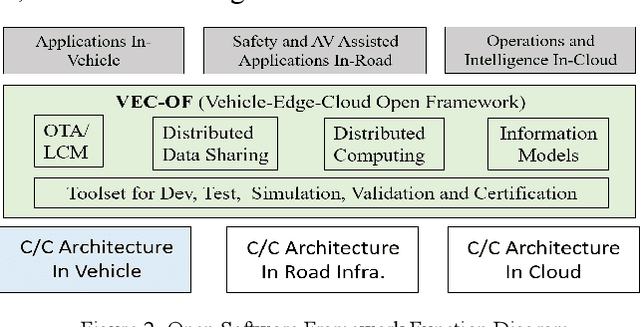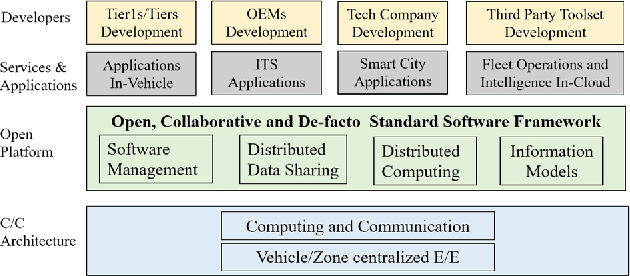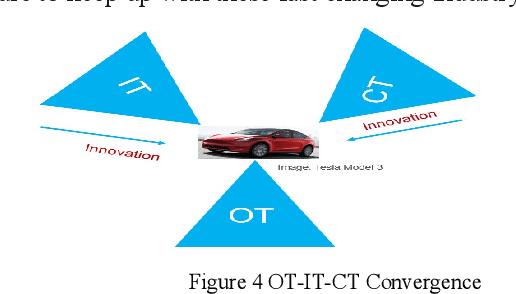Sanchu Han
Scalable Multi-view Clustering with Graph Filtering
May 18, 2022Abstract:With the explosive growth of multi-source data, multi-view clustering has attracted great attention in recent years. Most existing multi-view methods operate in raw feature space and heavily depend on the quality of original feature representation. Moreover, they are often designed for feature data and ignore the rich topology structure information. Accordingly, in this paper, we propose a generic framework to cluster both attribute and graph data with heterogeneous features. It is capable of exploring the interplay between feature and structure. Specifically, we first adopt graph filtering technique to eliminate high-frequency noise to achieve a clustering-friendly smooth representation. To handle the scalability challenge, we develop a novel sampling strategy to improve the quality of anchors. Extensive experiments on attribute and graph benchmarks demonstrate the superiority of our approach with respect to state-of-the-art approaches.
A Survey and Insights on Deployments of the Connected and Autonomous Vehicles in US
Aug 10, 2020Abstract:CV/ITS (Connected Vehicle, Intelligent Transportation System) and AV/ADS (Autonomous Vehicle, Automated Driving System) have been emerging for the sake of saving people lives, improving traffic efficiency and helping the environment for decades. There are separate efforts led respectively by USDOT with state DOTs for CV, and private sectors through market driven approach from start-ups and technology companies for AV. By CV/ITS effort there are 97 deployments of V2X communications utilizing the 5.9 GHz band, 18,877 vehicles with aftermarket V2X communications devices, and 8,098 infrastructure V2X devices installed at the roadsides. However, CV/ITS still cannot be massively deployed in US markets due to lack of regulations, dedicated wireless spectrum bands, sustainable financial & business models with mature supply chain, etc. In the other side, technology-driven AV market has been much slower than expected mainly because of immaturity of AI technology to handle different complex driving scenarios in a cost effective way. In this paper, we first present these two parallel journeys focusing on the deployments including operating models, scenarios and applications, evaluations and lessons learning. Then, come up with recommendations to a cooperative CAV approach driving a more feasible, safer, affordable and cost effective transportation, but require a great industry collaboration from Automotive, Transportation. ICT and Cloud.
Enable an Open Software Defined Mobility Ecosystem through VEC-OF
Jul 08, 2020



Abstract:OEMs and new entrants can take the Mobility as a Service market (MaaS) as the entry point, upgrade its E/E (Electric and Electronic) architecture to be C/C (Computing and Communication) architecture, build one open software defined and data driven software platform for its production and service model, use efficient and collaborative ways of vehicles, roads, cloud and network to continuously improve core technologies such as autonomous driving, provide MaaS operators with an affordable and agile platform. In this paper we present one new framework, VEC-OF (Vehicle-Edge-Cloud Open Framework), which is a new data and AI centric vehicle software framework enabling a much safer, more efficient, connected and trusted MaaS through cooperative vehicle, infrastructure and cloud capabilities and intelligence
 Add to Chrome
Add to Chrome Add to Firefox
Add to Firefox Add to Edge
Add to Edge